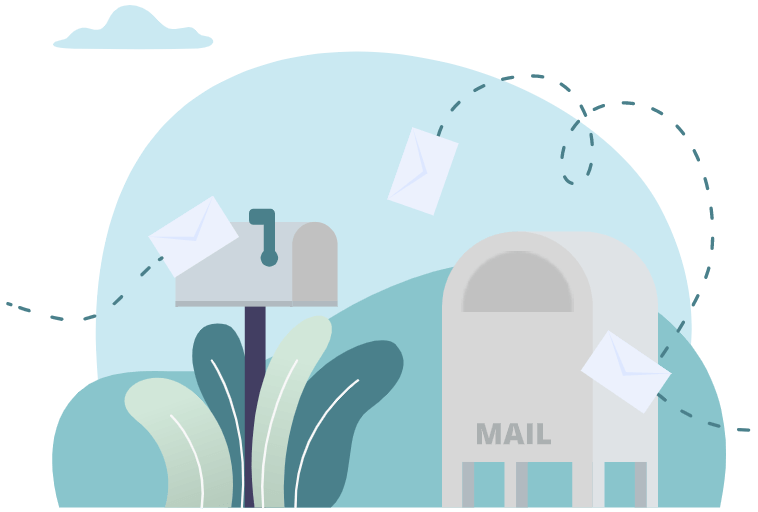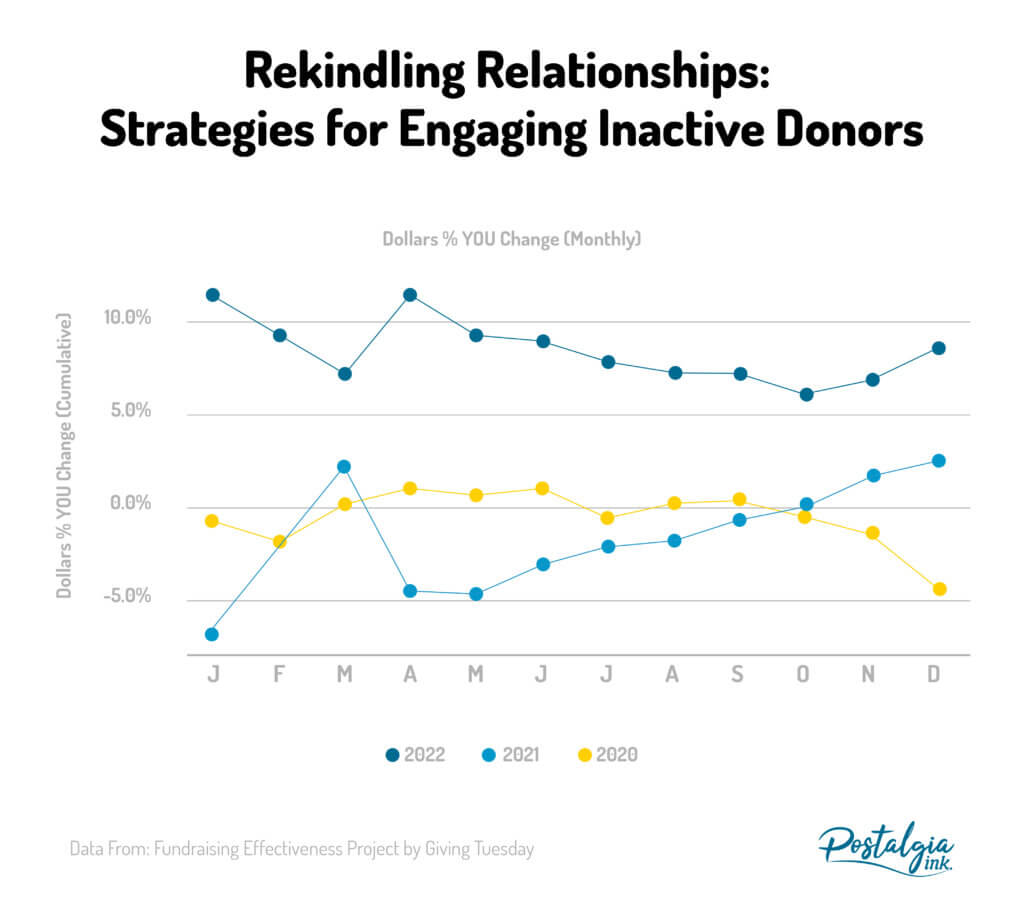This is part one of an ongoing series about consumer behaviour.
What follows may seem like an esoteric or purely academic post in a blog that is normally about marketing, but nothing could be further from the truth.
Traditional marketing focuses on the customer or client as a self-interested, rational consumer, and expresses value to them strictly in those terms: Goods and Services (Value) in exchange for Money (Price)
Which is why most advertisements are expressed in one of the following ways:
- Buy now! Our price is better than alternatives!
- Buy now! Our value is better than alternatives!
- Buy now! The cost of not receiving this value is greater than the price!
The thrust of these ads are not incorrect, they are simply unsophisticated in their understanding of consumer behaviour.
One of the reasons that the proliferation of behavioural economics has been such a seismic shift in the business world is that for decades, we have been taught to base our models on the idea of consumers as Homo Economicus – the calculating, perfectly rational being that pursues his or her economic interest, whether as a consumer or a purveyor of goods and services.
As Adam Smith writes in The Wealth of Nations, “It is not from the benevolence of the butcher, the brewer, or the baker that we expect our dinner, but from their regard to their own interest.”
The work done on behavioural economics, in my opinion, is not meant to contradict these models, but rather to complicate and augment them – after all, it’s not by benevolence of the Dean, the steering committee, or the student that the professor expects his tenure!
It is tempting to misrepresent the work of Kahneman and Tversky, or of Dr. Richard Thaler, as promoting the notion that there is rational thought, and there are feelings, emotions, prejudices, and biases, and the two are totally different, competing, and conflicting guiding-forces – like two different pilots reaching for the controls at the same time.
In reality, Kahneman and Tversky describe two systems of thinking – System 1 and System 2.
System 1 is fast, emotional, unconscious – making quick calculations like “2 + 2 = 4” or “that person seems trustworthy.”
System 2 is slow, deliberate, and conscious – making slower calculations like 19 x 7 = 133″ or “I’m going to find waldo in a crowded picture”
When we think fast, it is not necessarily because we are making quick calculations. Oftentimes we engage system 1 to make extremely complicated calculations for which using system 2 would overwhelm our brains.
Think about driving a car – I love going for long drives, because it gives me an opportunity to zone out and think.
Ironically, that’s not because safely operating a speeding ton and a half of metal is an easy calculation; you need to be aware of the pressure of your foot on the gas and how it correlates with your speed, the proper minute movements that your hands need to make on the steering wheel in order to navigate the curves of the road, the changing speeds of the cars in front of you, behind you, and beside you, as evidenced by their headlights, break lights, and positioning on the horizon or in your rear-view mirrors. You need to be aware of speed limits, traffic lights, stop signs, sometimes while controlling the AC, radio, and maybe talking about politics with the passenger in the front seat.
If we gave any of these tasks the same slow, considered attention that we give to the question of “what’s the best movie you’ve seen in the last 5 years?” or “What is 36 plus 2585?” we would never be able to back out of the driveway, let alone make the drive from our homes to our offices in one piece.
Luckily, our brains have evolved to allow us to engage system 2 to approximate these calculations, making quick and dirty decisions to undertake all of these tasks for which being close enough is good enough. You don’t need to start braking at exactly the optimal moment so that you slowly come to a complete stop exactly 2 car lengths behind the car in front of you. If you break a little too early, you can creep forward; if you break a little too late, you can compensate by braking harder.
It’s like answering the question “What is 36 plus 2585” with the answer “somewhere between 2500 and 2700.” It’s correct, and it’s correct enough for the task at hand – as my music teacher at arts camp used to say, “it’s close enough for jazz.”
What behavioural economists have been able to build out on is the notion that we use system 1 to make a lot of decisions for which we should maybe we should be using system 2, and we get a lot of those decisions wrong.
For a demonstration, try answering these questions from Yale SOM’s Dr. Shane Frederick. The answer should immediately come to you (answers at the bottom of the post)*:
1) A bat and a ball cost $1.10 in total. The bat costs $1.00 more than the ball.
How much does the ball cost? _____ cents
2) If it takes 5 machines 5 minutes to make 5 widgets,
how long would it take 100 machines to make 100 widgets? _____ minutes
3) In a lake, there is a patch of lily pads. Every day, the patch doubles in size. If it takes 48 days for the patch to cover the entire lake, how long would it take for the patch to cover half of the lake? _____ days
In the next part of this blog, we will talk about how these 2 systems make decisions in harmony – or disharmony – when consumers buy products and services.
Keep scrolling down for the answers to the above questions
.
.
.
.
.
.
.
.
.
.
.
*The ball costs 5 cents and the bat costs 105 cents for a total of $1.10. It takes 100 machines 5 minutes to make 100 widgets. It takes 47 days for the patch to cover half of the lake. Most people get these questions wrong because their System 1 mistakes them for easy questions, and forcefully shoves the quick and dirty answer down their throat.
Want to level up your direct mail? Contact us.






